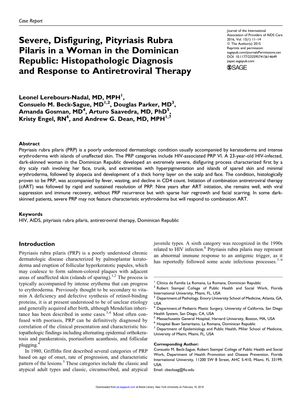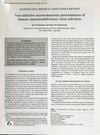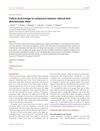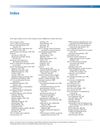Severe, Disfiguring, Pityriasis Rubra Pilaris in a Woman in the Dominican Republic
October 2015
in “
Journal of the International Association of Providers of AIDS Care
”

TLDR A woman with HIV had a severe skin condition that improved with antiretroviral therapy.
In 2015, a case study reported a 23-year-old HIV-infected woman in the Dominican Republic who developed a severe and disfiguring form of Pityriasis rubra pilaris (PRP), a condition characterized by keratoderma and erythroderma. Unlike typical presentations, her PRP involved hyperpigmentation and minimal erythroderma, along with alopecia and a thick horny layer on the scalp and face. Histological analysis confirmed the diagnosis of PRP, which was also associated with fever, wasting, and a declining CD4 count. The initiation of combination antiretroviral therapy (cART) led to a rapid and sustained resolution of her PRP. Nine years after starting ART, she had viral suppression and immune recovery, with no recurrence of PRP, although she experienced sparse hair regrowth and facial scarring. This case highlighted that severe PRP in dark-skinned patients might not show the typical erythroderma but can still respond well to cART.



